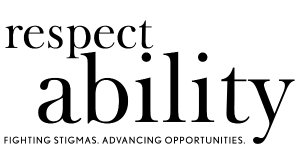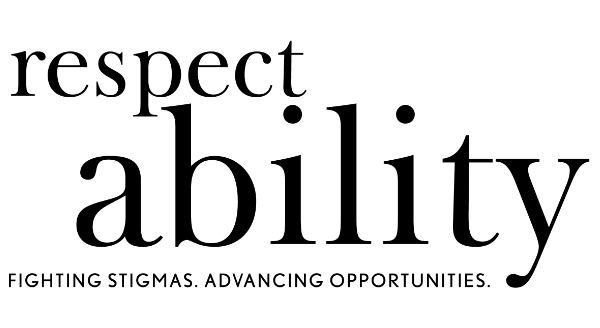For centuries, people with disabilities were on the fringes of mainstream society. As a class of individuals, they were economically disadvantaged, socially segregated, politically excluded, and almost universally regarded as being less capable than others. In fact, the term “handicap” is said to have originated from the old practice of people with disabilities holding “cap in hand” as they begged for a pittance just to survive from one day to the next. For more information about the impact of how we talk about people with disabilities, read Language Matters: Handicapping An Affliction. Those who were not on the streets and who were not cared for by family or other loved ones (most typically, individuals with significant psychiatric and developmental disabilities) were placed in institutions. Many spent their lives in such settings where conditions would be considered inhumane by today’s standards. You may want to read “Rosewood Center: A Demand for Closure,” a report about the flawed, illegal and inhumane conditions in a state institution in Maryland. As the result of a series of documented events that date back to 1817, people with disabilities and their families eventually built what is collectively known today as the “disability rights movement.” For a general timeline of pivotal events that led to the rise of the disability rights movement, which itself includes those with physical, developmental/intellectual, and psychiatric disabilities, read, Disability History: The Disability Rights Movement.
That movement has spawned the passage of landmark civil rights and economic empowerment legislation through the years:
- 1968: Architectural Barriers Act (ABA).
- 1973: Rehabilitation Act (sections 501, 503, and 504).
- 1974: Vietnam Era Veterans’ Readjustment Assistance Act (VEVRAA). Section 4212 specifically prohibits discrimination against covered veterans with disabilities in the full range of employment activities.
- 1975: Education of All Handicapped Children Act (which was renamed the Individuals with Disabilities Education Act or IDEA in 1990).
- 1978: Civil Service Reform Act
- 1980: Civil Rights of Institutionalized Persons Act (CRIPA).
- 1984: Voting Accessibility for the Elderly and Handicapped Act.
- 1986: Air Carrier Access Act (ACAA).
- 1988: Fair Housing Act which was amended to include people with disabilities as a protected class.
- 1990: Americans with Disabilities Act (ADA), which was later amended in 2008.
- 1993: National Voter Registration Act.
- 1996: Telecommunications Act, Section 255.
- 1998: Assistive Technology Act.
- 2002: Help America Vote Act (HAVA).
- 2006: Lifespan Respite Care Act. (Contact your local Aging and Disability Resource Center for information about respite programs.)
- 2008: Genetic Information Nondiscrimination Act (GINA). (While GINA is not a disability rights law it’s important to know that it does protect people from employment discrimination based on genetic information used to determine whether someone has an increased risk of getting a disease, disorder or condition in the future.)
- 2009: The Matthew Shepard and James Byrd, Jr. Hate Crimes Prevention Act (which expanded the definition of federal hate crimes to include those violent crimes in which the victim is selected due to their actual or perceived disability.)
- 2014: Achieving a Better Life Experience (ABLE) Act[1] and the Workforce Innovation and Opportunity Act (WIOA).[2]
These and other federal laws have formed a tapestry of civil rights protections afforded to people with disabilities, paving the way for full participation in every aspect of community life and enabling the United States to serve as a model for other countries. For more information about these and other disability-related laws, read A Guide to Disability Rights Laws. Driven by a philosophy of self-determination, the old medical model, which focused on “curing” individuals with disabilities has now for the most part been replaced by an approach that promotes equality of rights and responsibilities. And around the country a network of Protection and Advocacy Systems work every day to protect the rights of people with disabilities, and to ensure that they have the same rights as everyone else — to live independently and to fully participate in their communities.
[1] ABLE National Resource Center. Also see Tax Highlights for Persons With Disabilities.
[2] “About,” Employment and Training Administration, U.S. Department of Labor.









